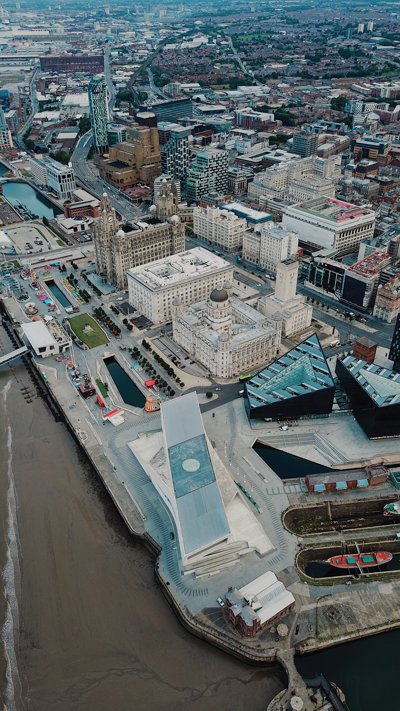Clone town surveys
This investigation studies the extent to which a high street in a town or city is a ‘clone' of similar locations in the UK. It uses a New Economics Foundation survey of chain and independent stores alongside 2001 census data to make the comparison. All of the resources that you need to adapt this study for your local centre are provided. Key Stage 3 to Key Stage 5.
Urban regeneration in East London
The social, environmental and economic impacts of a series of regeneration projects in East London are compared in this investigation, to see whether any lessons can be learned for future projects. The sites include Canary Wharf, ExCeL London, Canning Town, and the 2012 site in Stratford. This resource includes photos, activities and background information for the range of sites. GCSE, AS/A2.
Fieldwork based on the London 2012 sites
Opportunities for fieldwork around the London 2012 sites in East London are constantly changing as the development of the site progresses. Some of these activities can no longer be carried out, but they give you an insight into the historical uses of the site. GCSE, AS/A2.
Recording pedestrian flow using mobile phones and Google Earth
Students could use grid references to locate predetermined points in an urban area. They record pedestrian flows, and use their mobile phones to text their data back to a central location. The data is used to plot flows on Google Earth, or free online GIS can be used to create 3D field maps. Key Stage 3 to Key Stage 5.
Urban regeneration in Paris
As an alternative to UK cities, Paris provides a good case study of the range of options for urban regeneration that are available to planners. This residential trip to Paris was used by AS and A2 students to collect information to develop a case study for their exams. The resource includes information for teachers and a student work book.
Local fieldwork - Crime
Through studying the geography of crime (Download from below), pupils are able to look at different environments in detail, through a topic that enthuses pupils of all abilities. Crime is a topic which occurs on many scales and in different locations. Through studying this in the field pupils will be able to explore not only where crimes occur (or are likely to occur) but also what can be done in an environment to make it feel safer or to reduce crime.
Local fieldwork - Settlements
Using Cheddar and surrounding villages for settlements fieldwork (Download from below) will provide you with a range of topics to study at Key Stage 3. We are aware of schools in the area who undertake a days fieldwork in the area, with one group going to Wedmore for their village study, and the other using Axbridge. Both groups then visit Cheddar Gorge.
Local fieldwork - Sport
The geography of sport (Download from below) is an excellent way to make studying your local area relevant to your pupils’ everyday lives and passions. Most large towns and cities have at least one football stadium or some kind of arena or concert venue.
Local fieldwork - Urban regeneration
Bristol, like many other cities around the UK, has invested in urban regeneration (Download from below) over recent years to redevelop and revive former industrial sites. The £450 million urban rejuvenation scheme for the former dockland area in the city centre since incorporates a diversity of attractions including museums, galleries, arts centres, shops, bars, pubs and restaurants.
Local fieldwork - Urban structure
Urban structure (Download from below) and the CBD are excellent topics to use to encourage students to look at their local town or city in more detail. Fieldwork in urban areas can link to a variety of topics and key skills.
